The Experiences of Some American Tanuki in Japan
http://www.tb-kumano.jp/en/world-heritage/kumano_sanzan/
All three shrines are World Heritage Sites but that isn’t what makes them special. These sites are obviously sacred, and have been so longer than anyone is prepared to admit. What they enshrine are mysteries no one can explain, except to say the walls have worn rather thin between our various worlds and a number of other worlds, parallel realities and divine things. We could repeat beliefs and stories about the powers of creation, the descent of the spirit into the flesh, purity, impurity, redemption, or even the first arrival of the ancient gods on this earth. We could even speculate about the secret power of toads to return to us some of the important treasures we have lost in our lives. But I don’t actually know the secrets.
In retrospect we were moving too fast. We could have stayed in Shingu and relished this shrine too. We also knew full well how badly we needed a laundromat and two spare hours to use it. Considering the quiet of the bus station, the restful chirrup of the cicadas, the idle pop of carbonated mystery sodas (because you never knew what you would get), and the occasional small child gawking at the huge foreigners from a safe distance, time did not seem to be moving at all. Time seemed to have stopped on an August afternoon in Shingu, but we should have known we were floating bubbles racing past, glimpsing an hour or so of eternity, remembering it as the silken pages of a book of dreams, and we never did get to the laundromat.
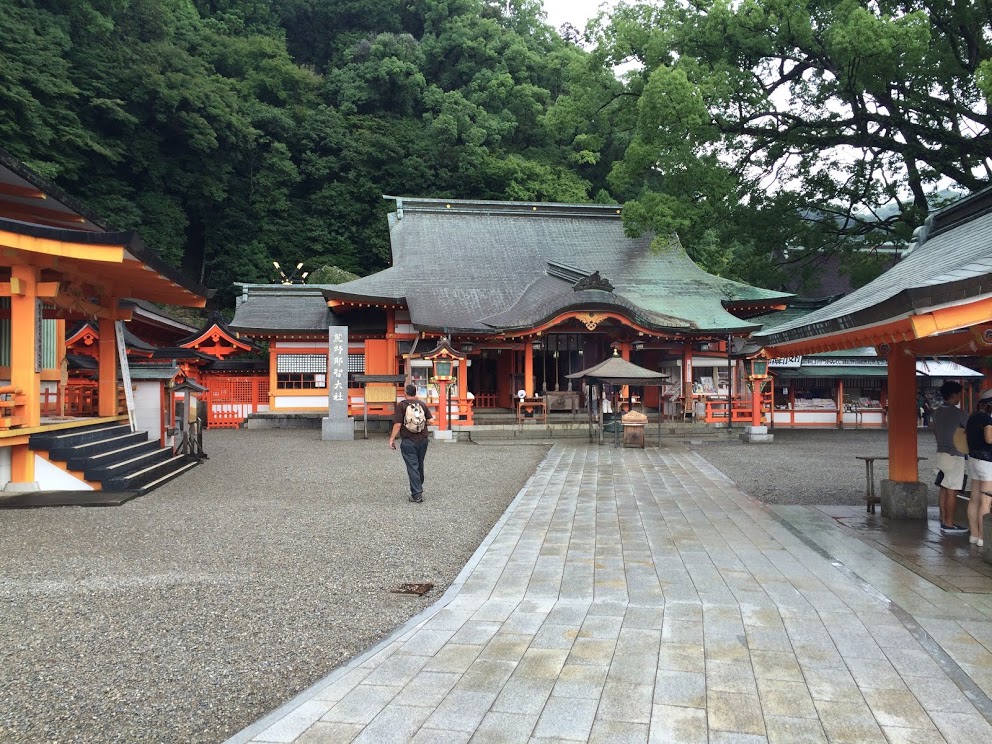
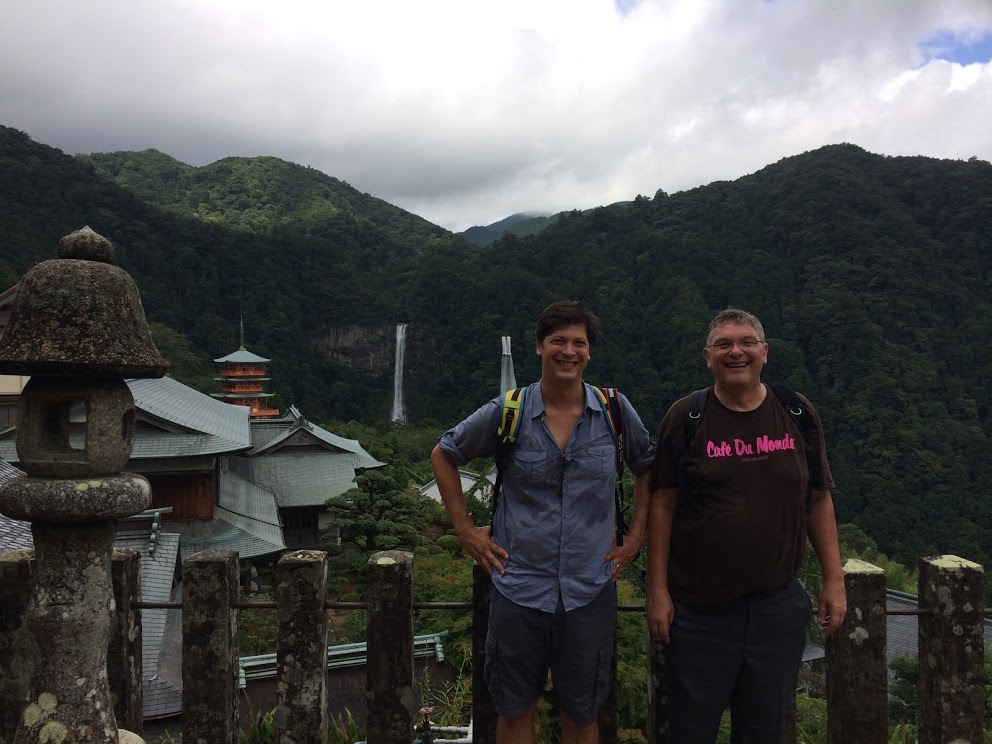
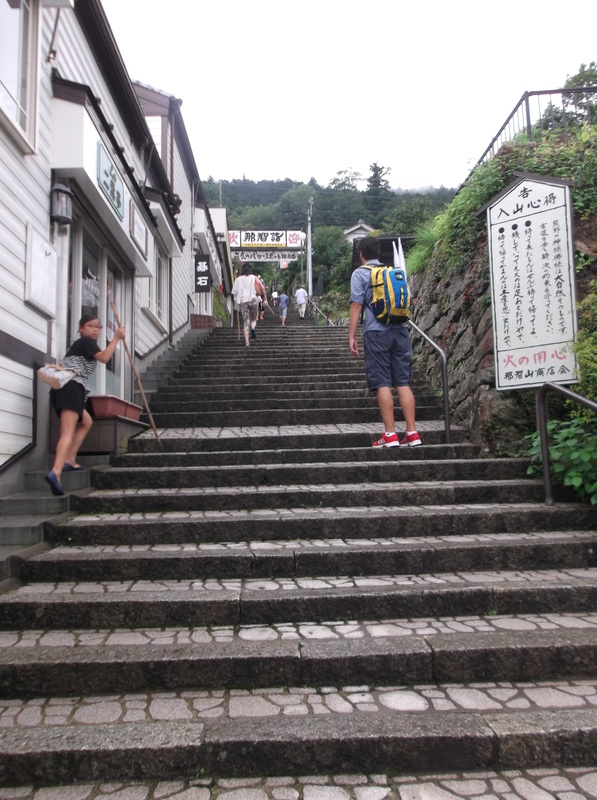
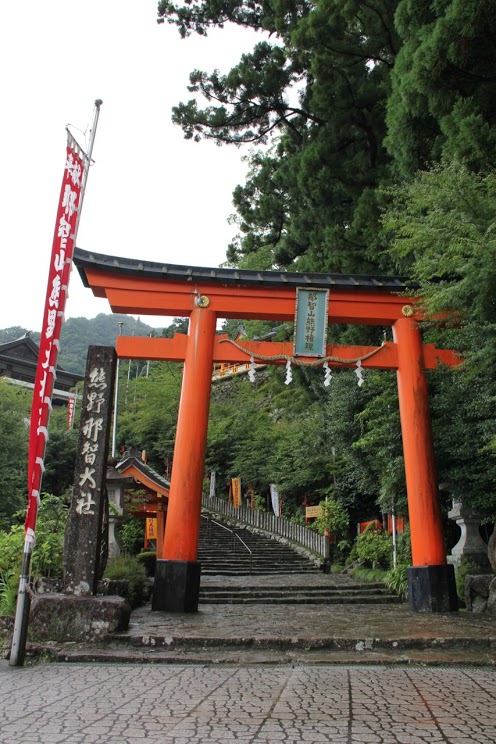
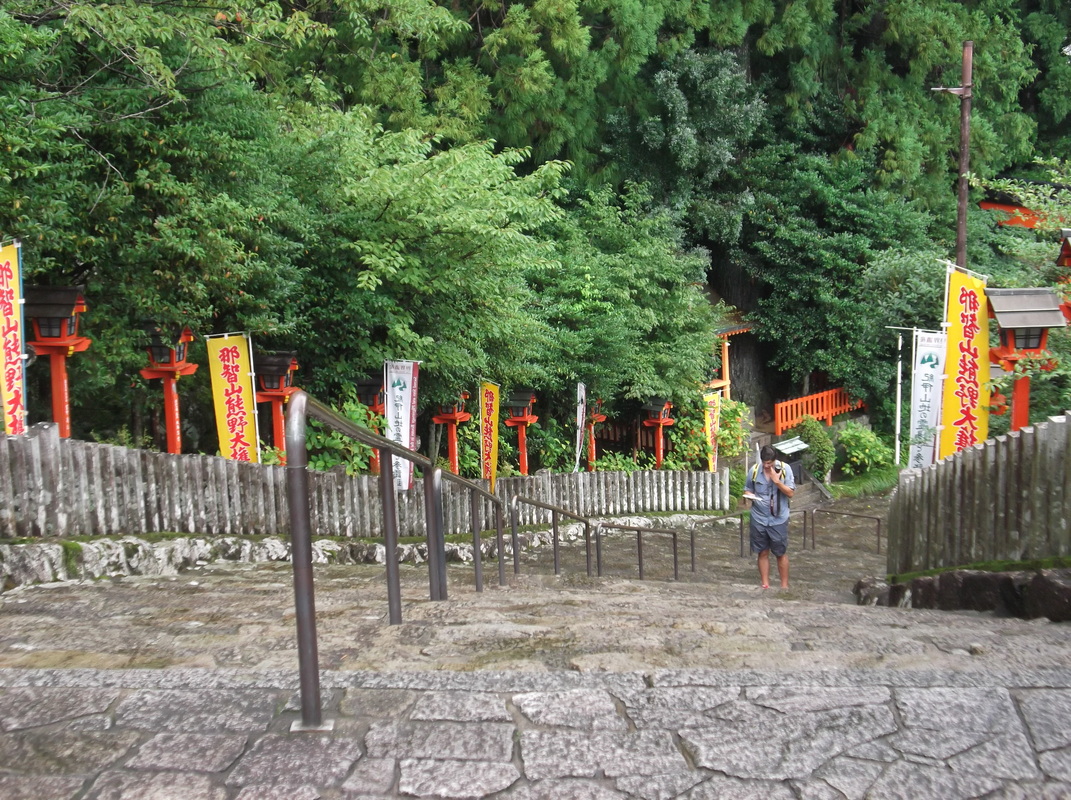
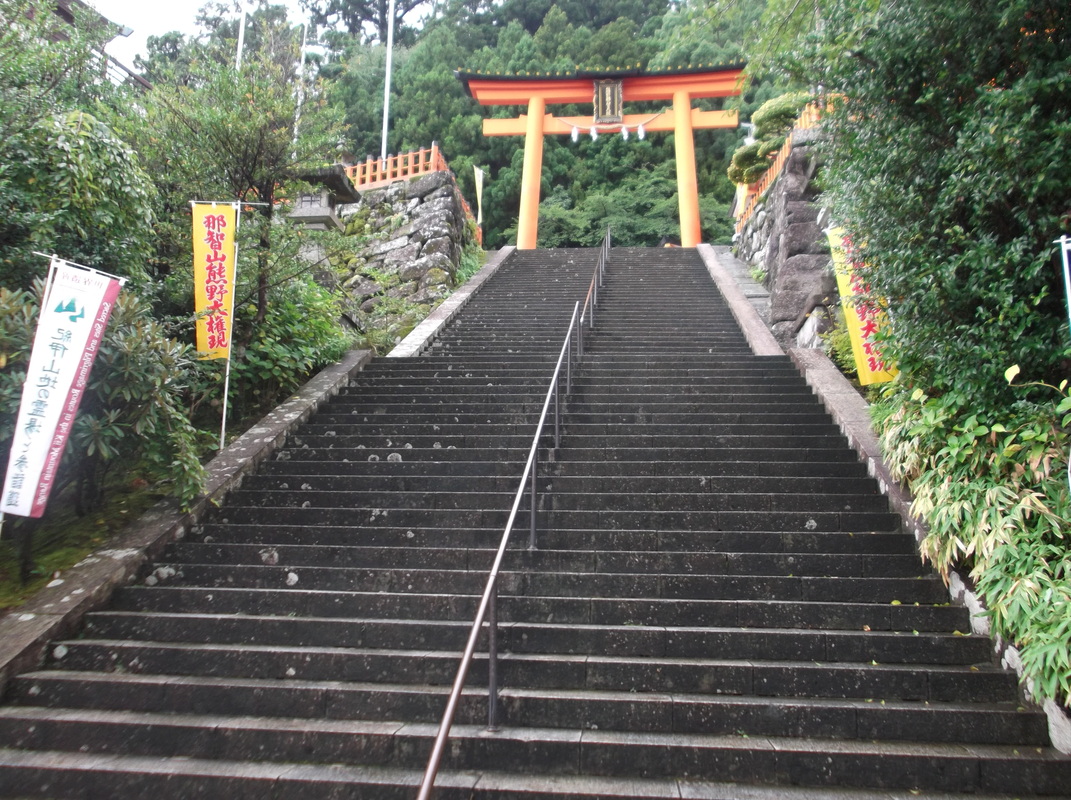
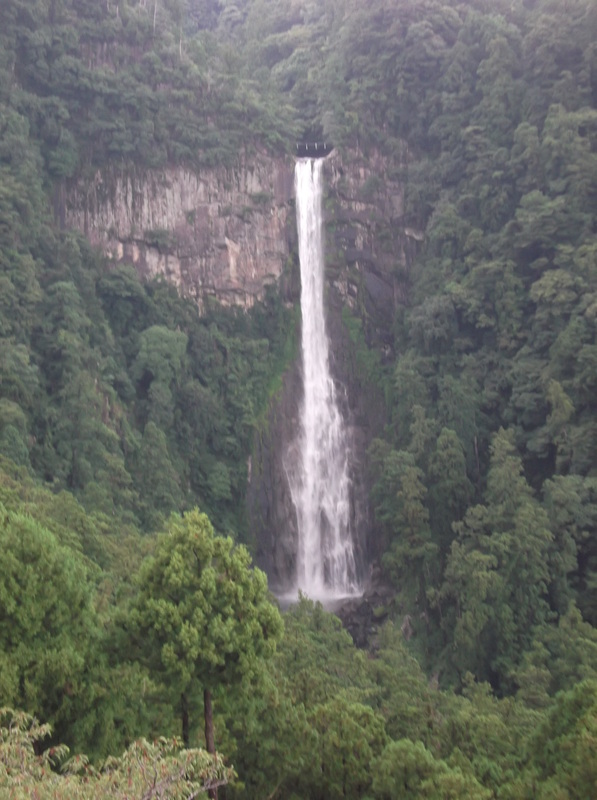
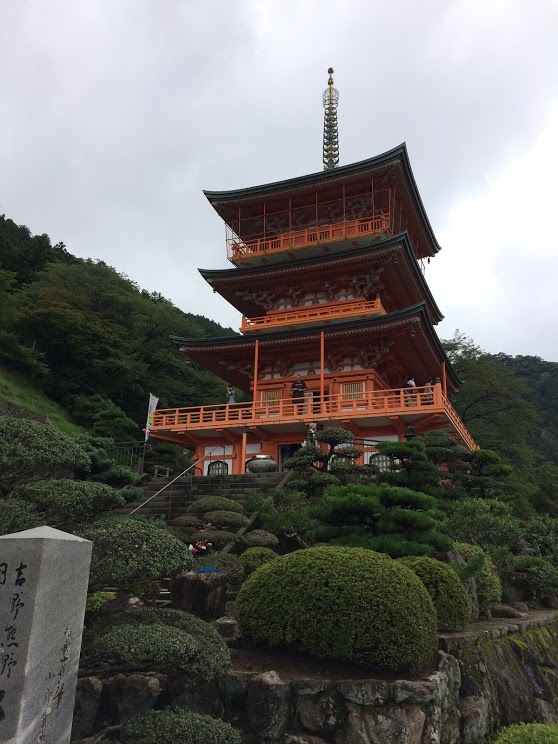
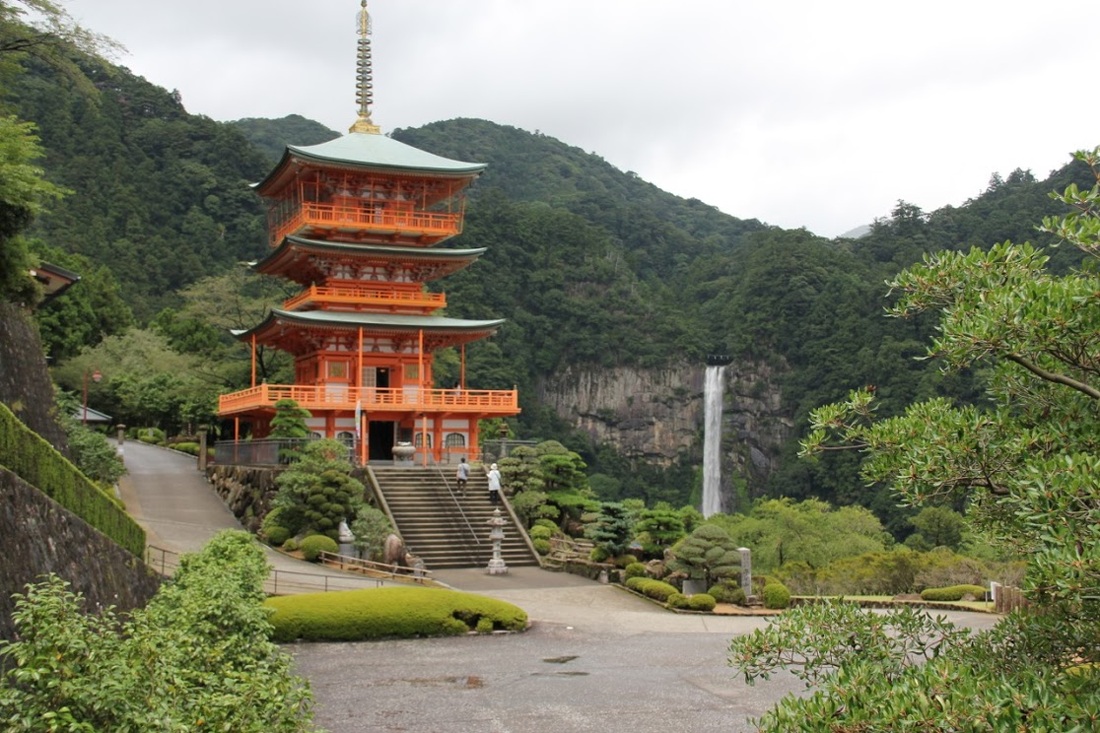
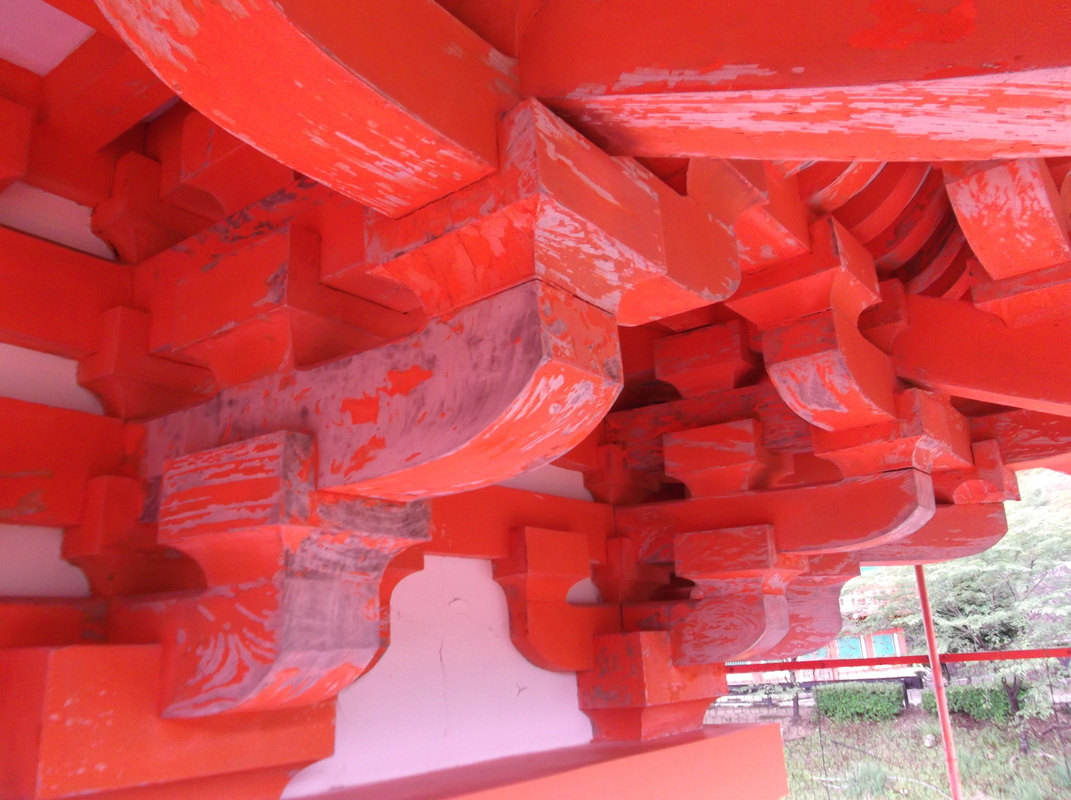
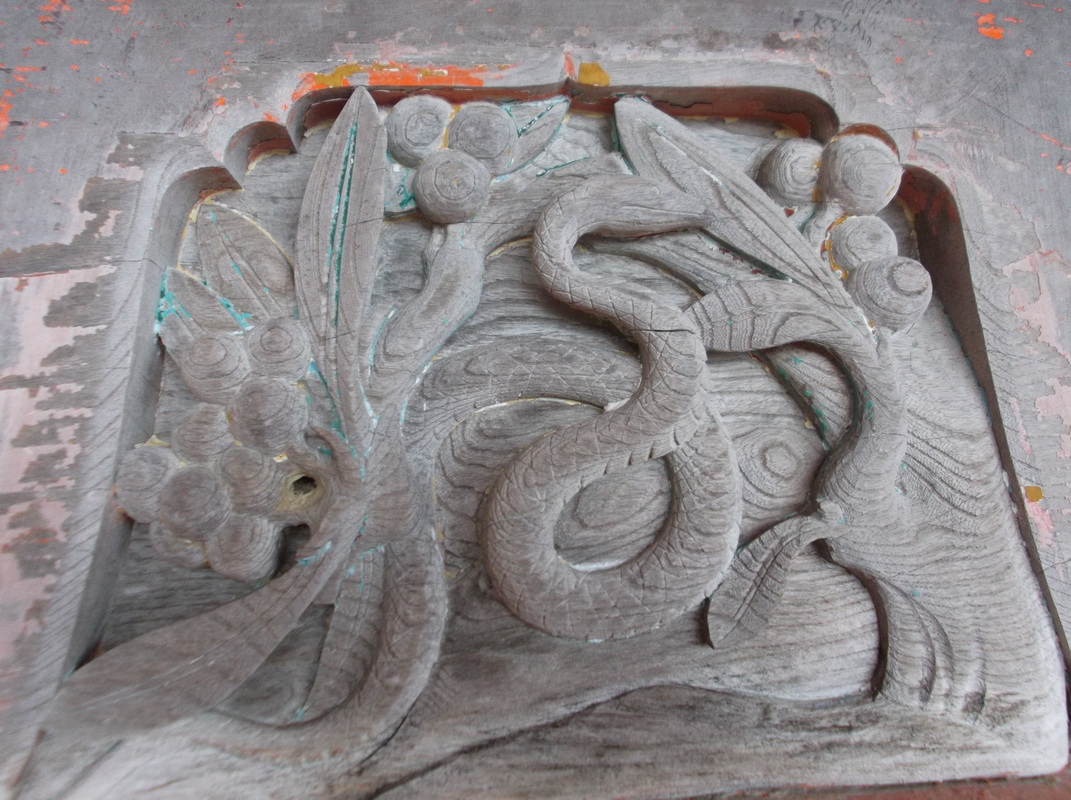
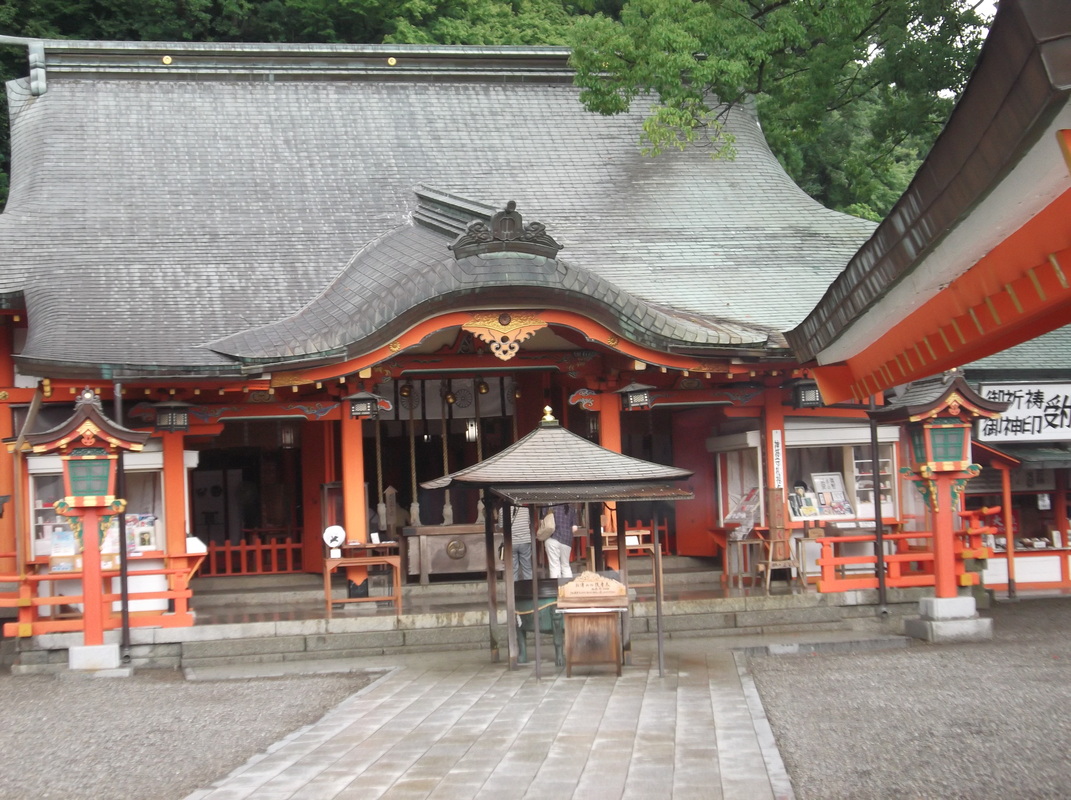
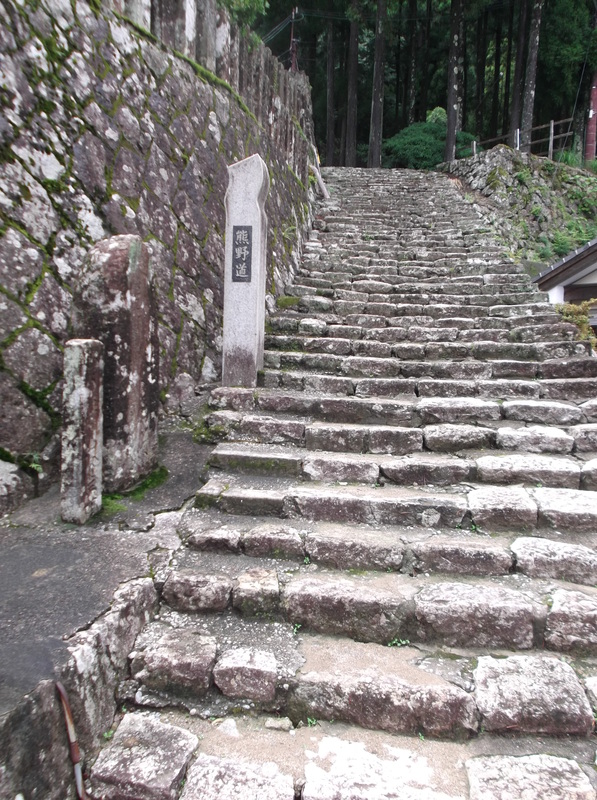
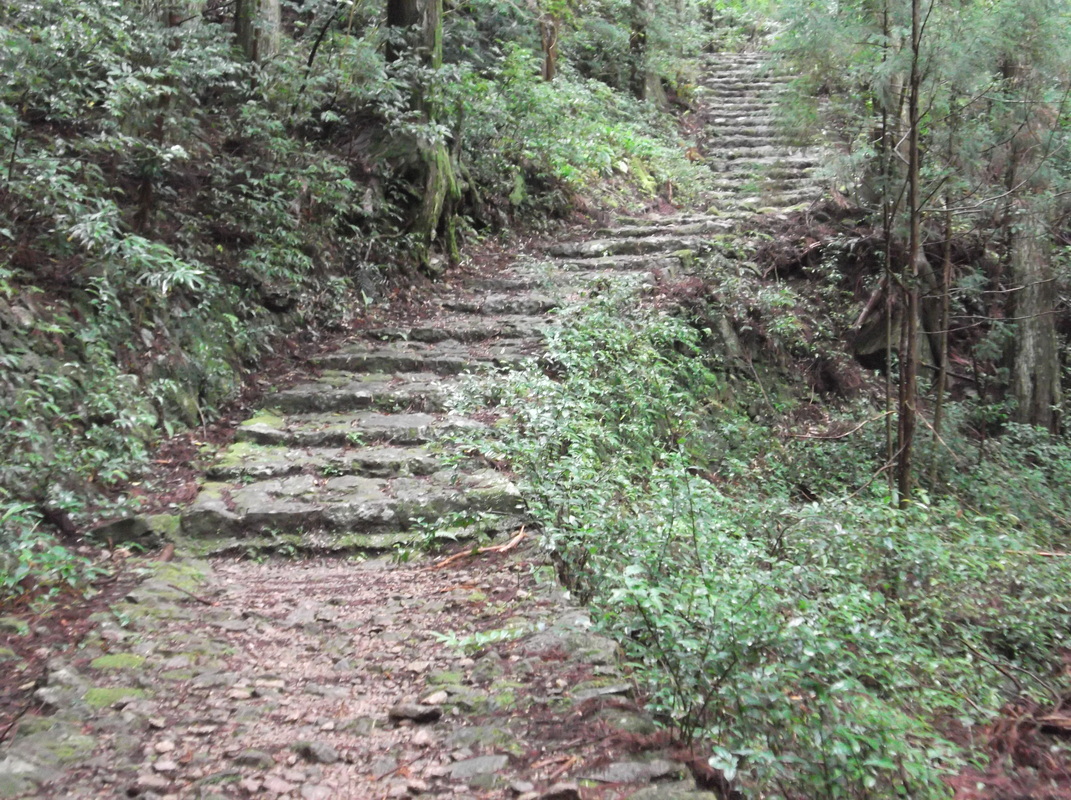
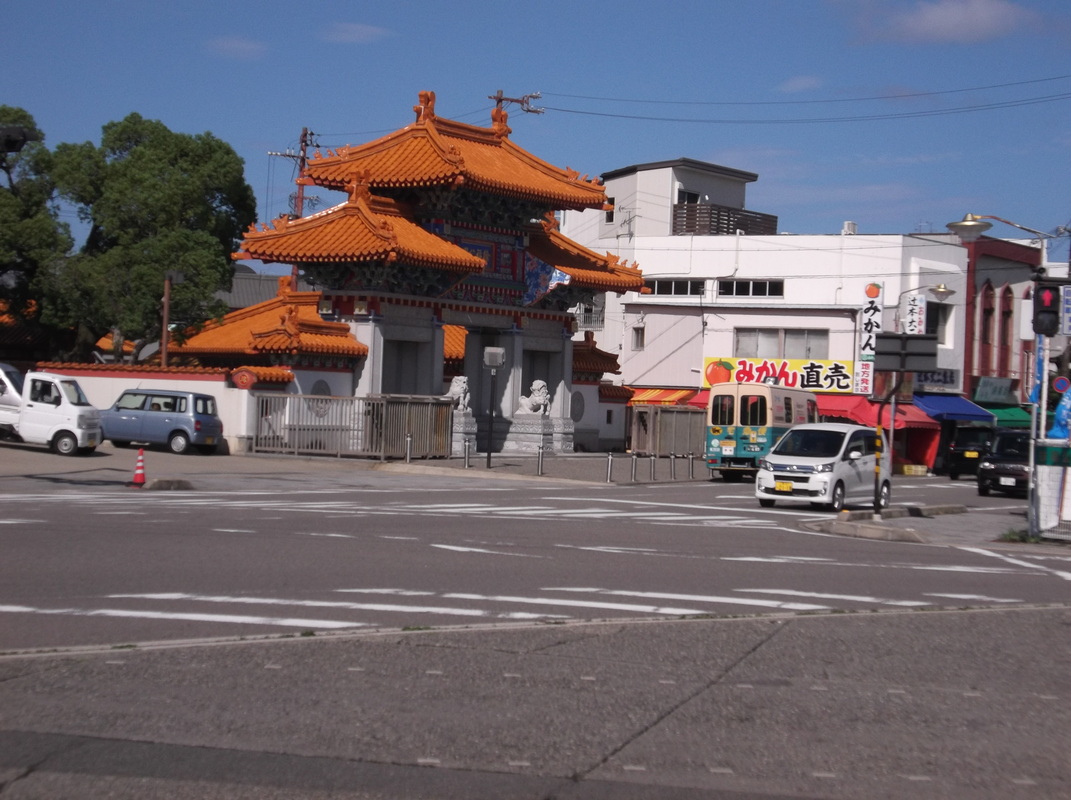
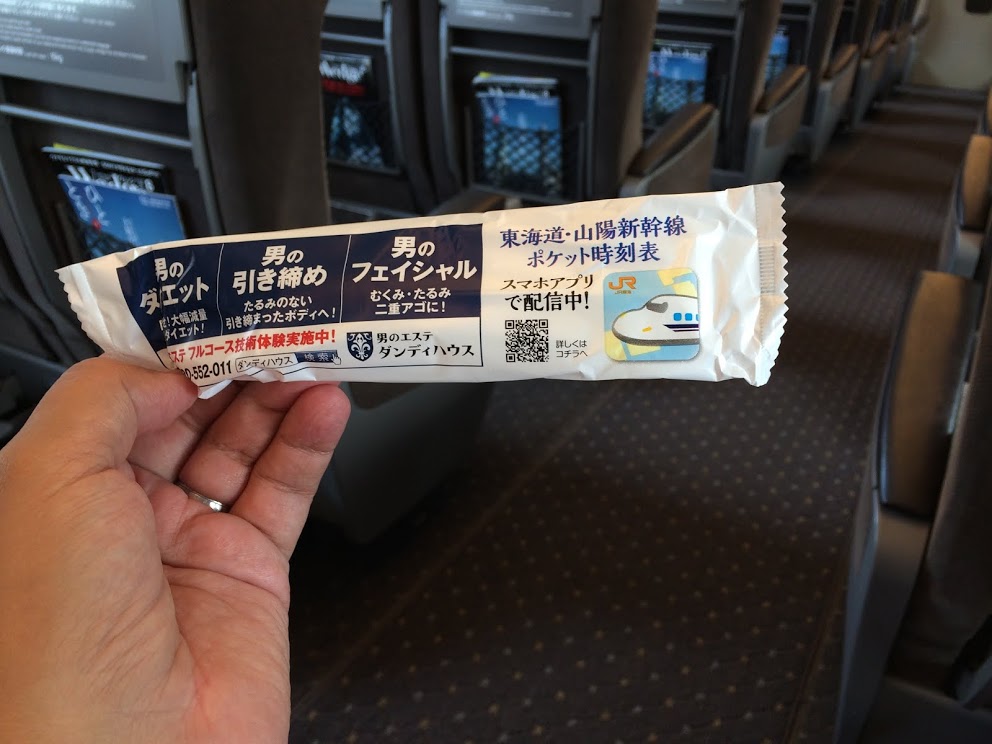
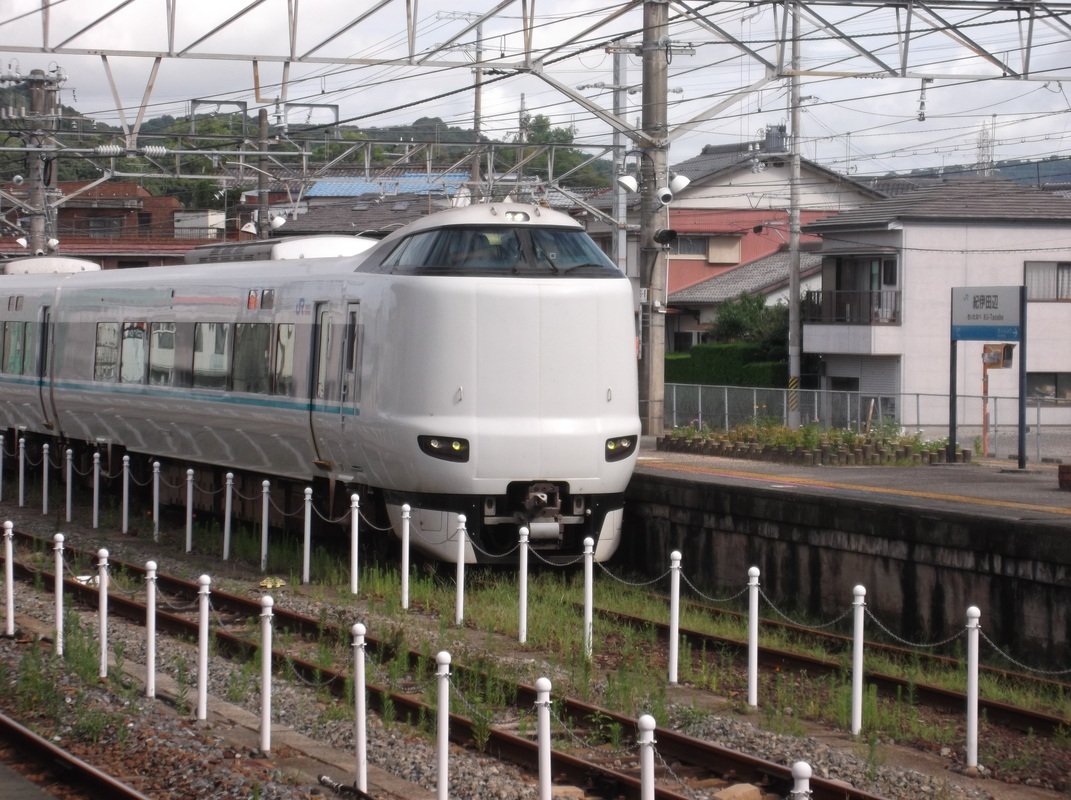
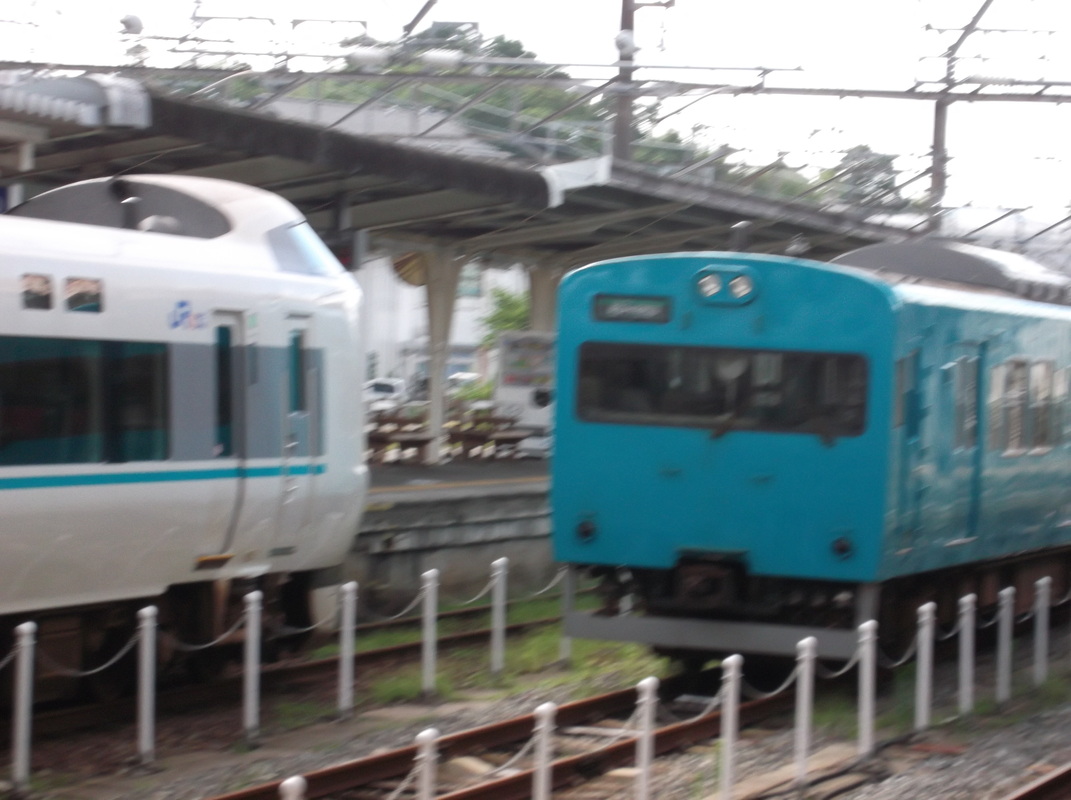
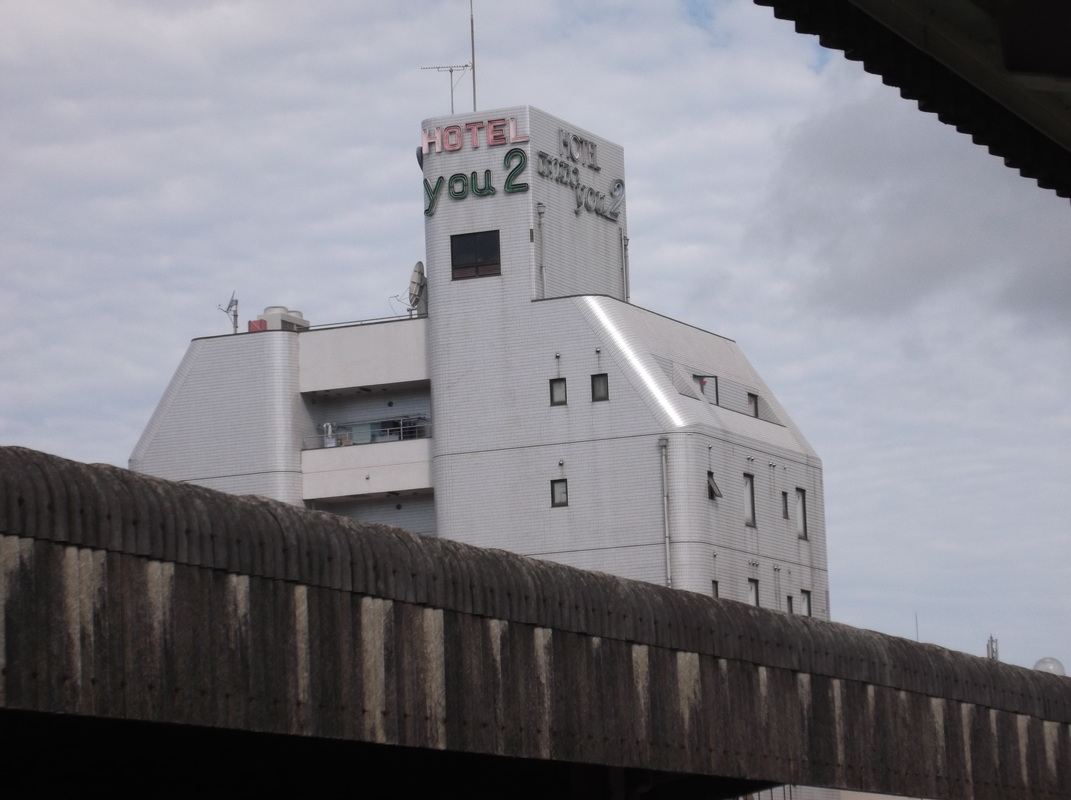
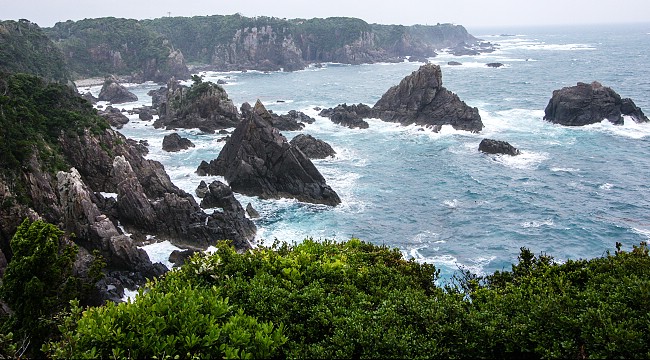
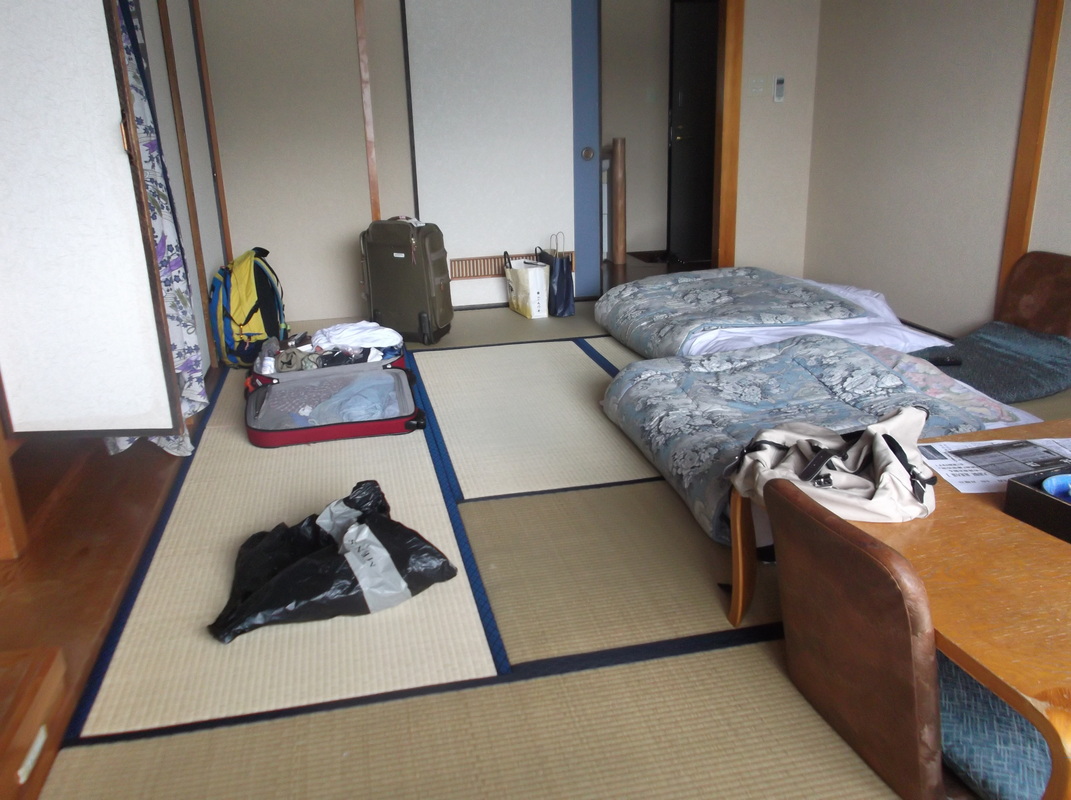
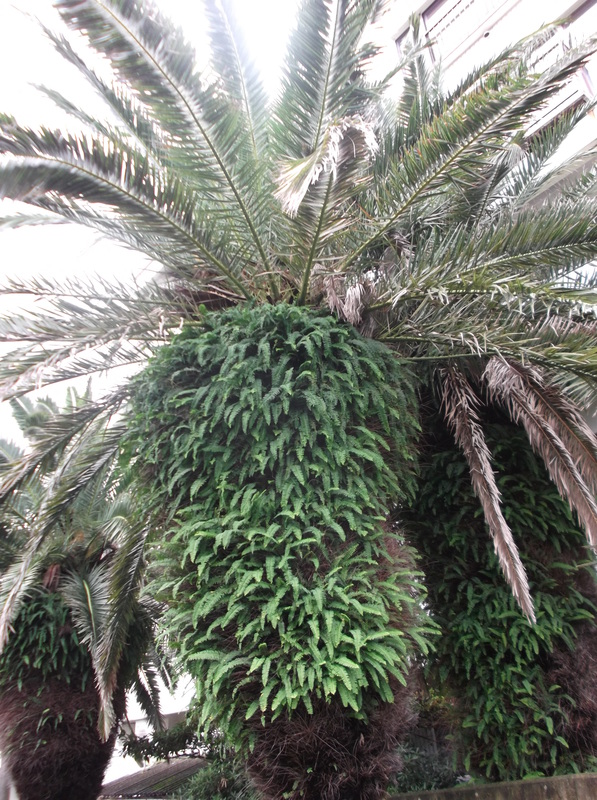

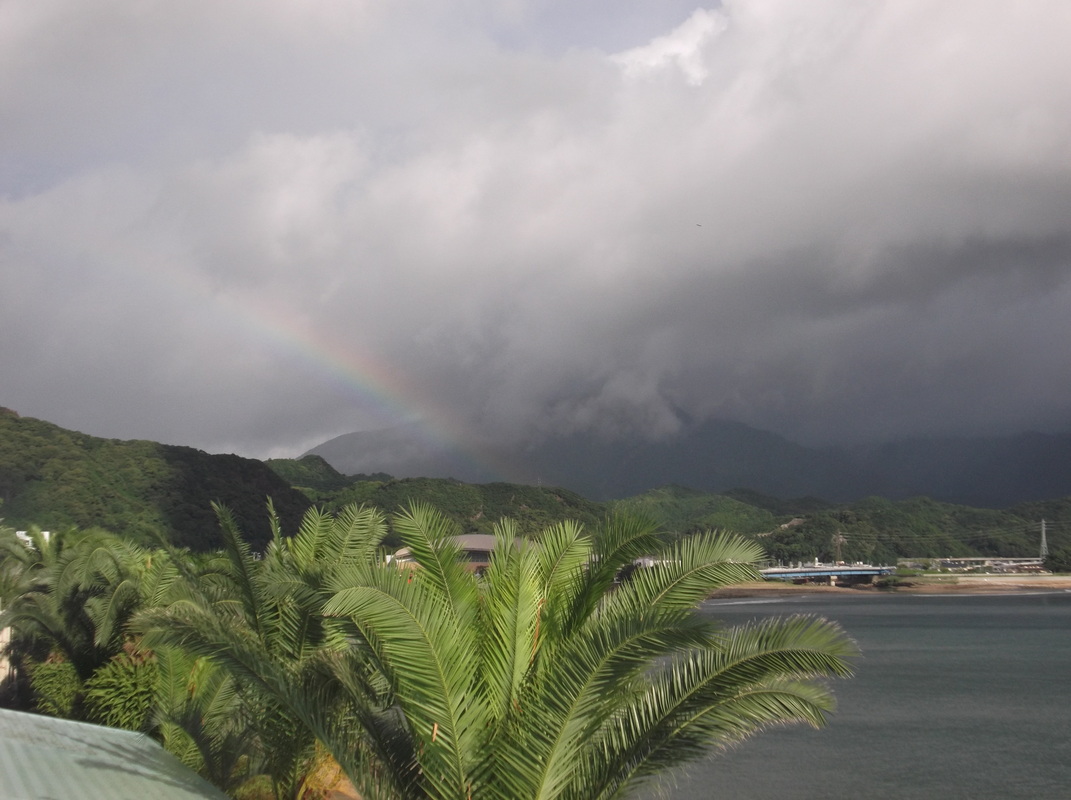
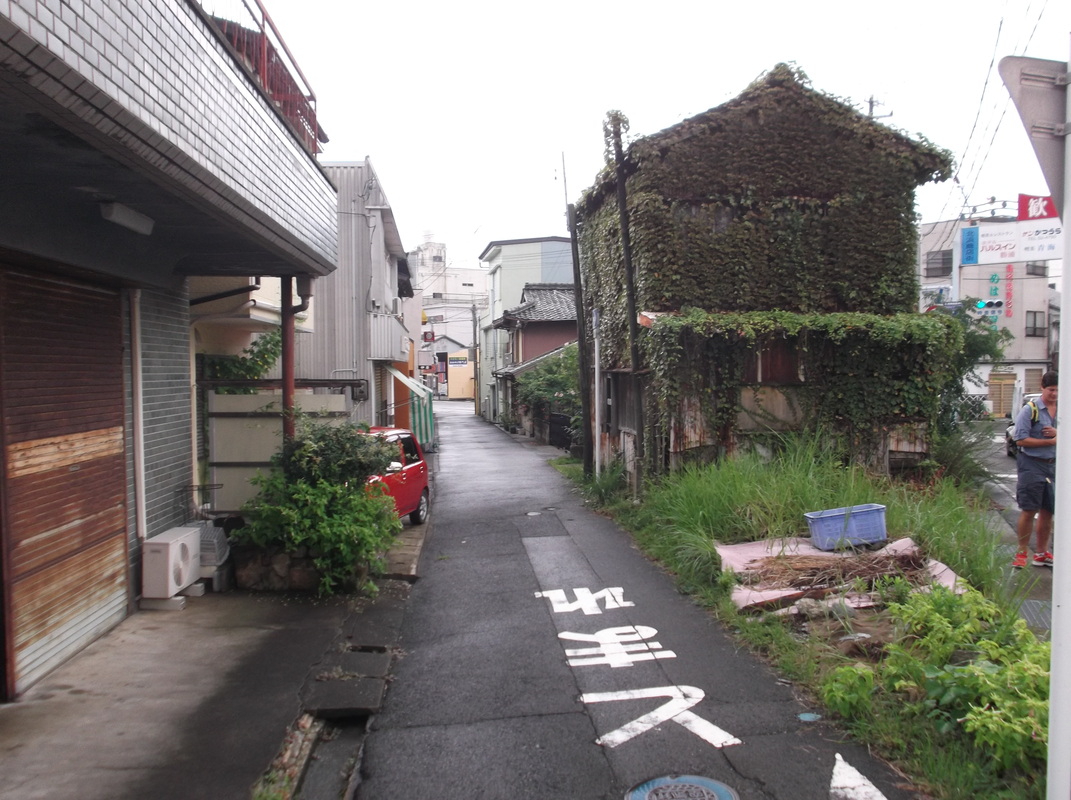
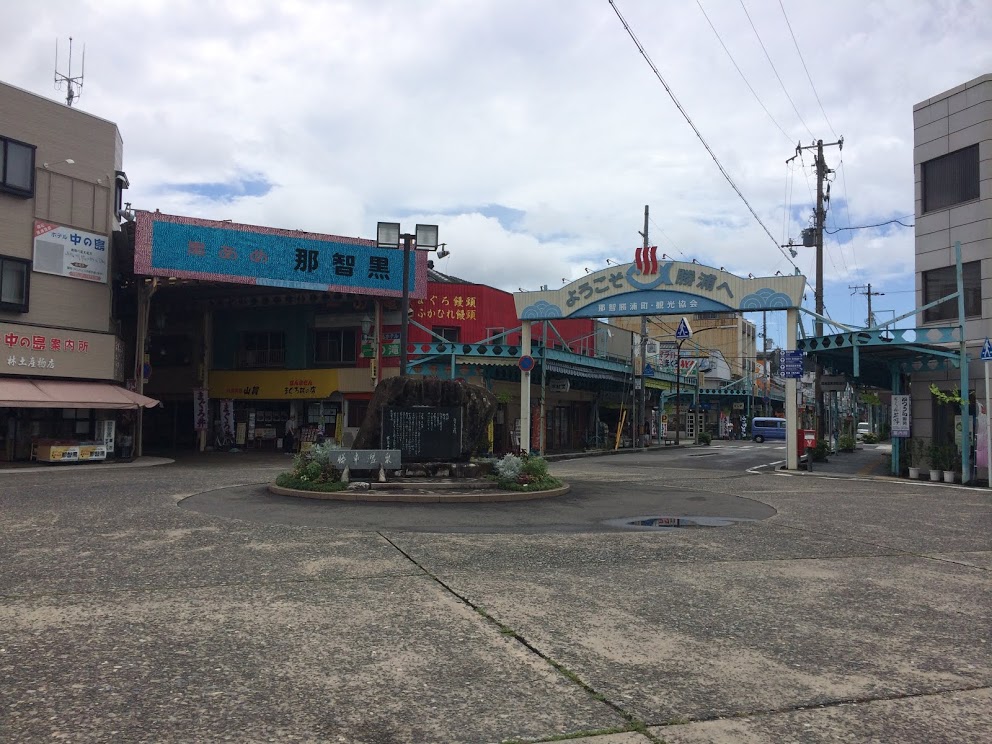
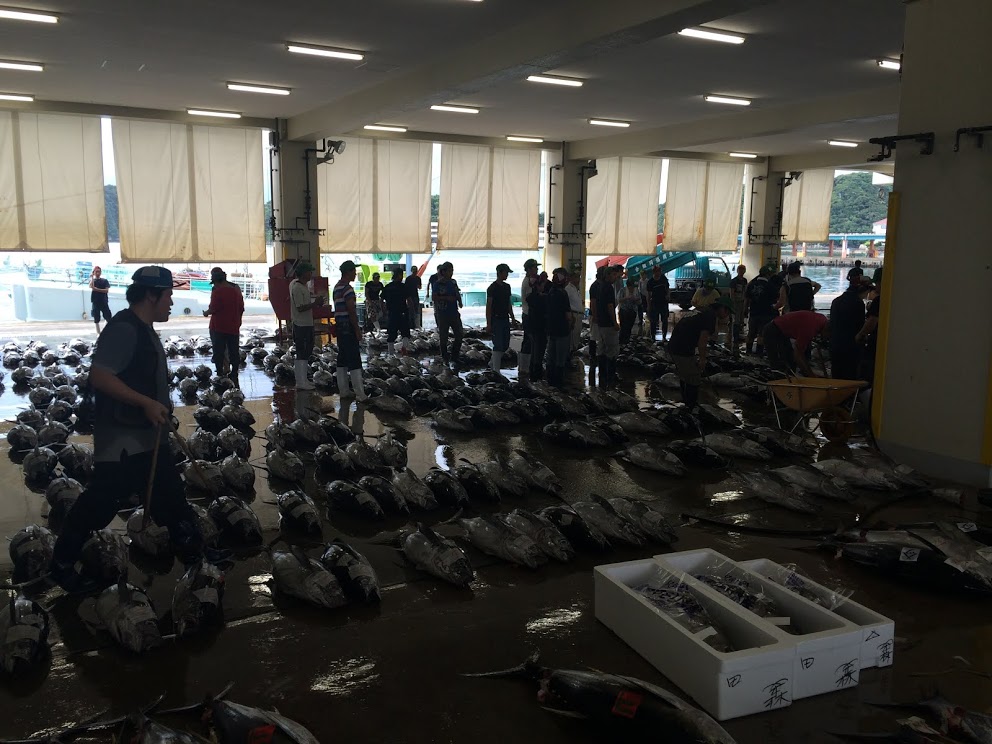
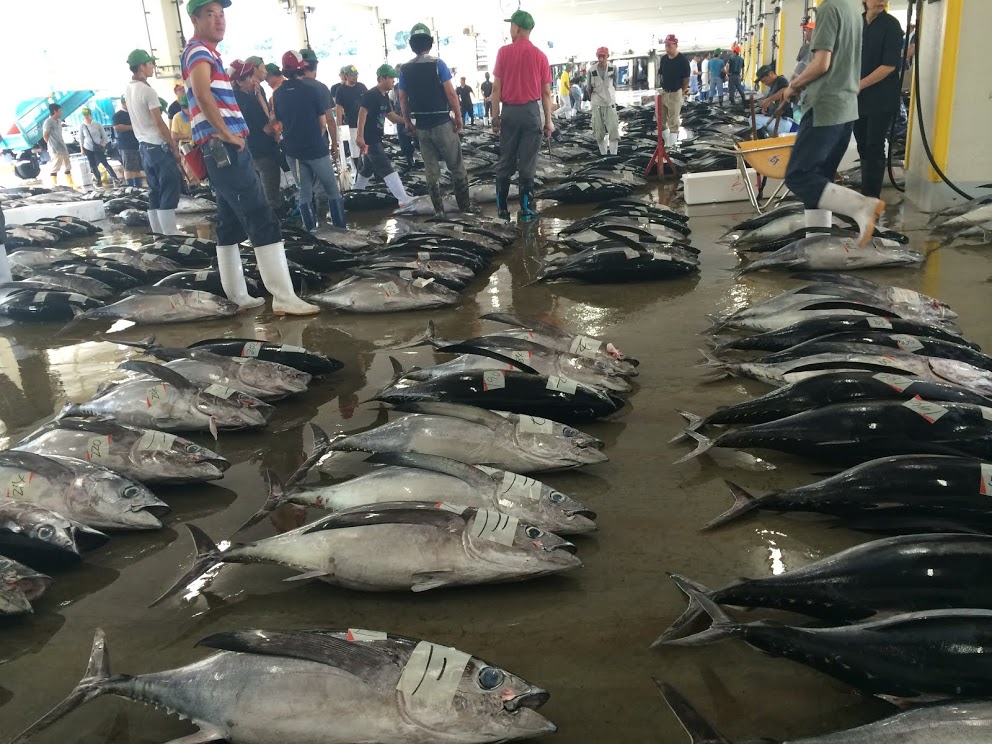
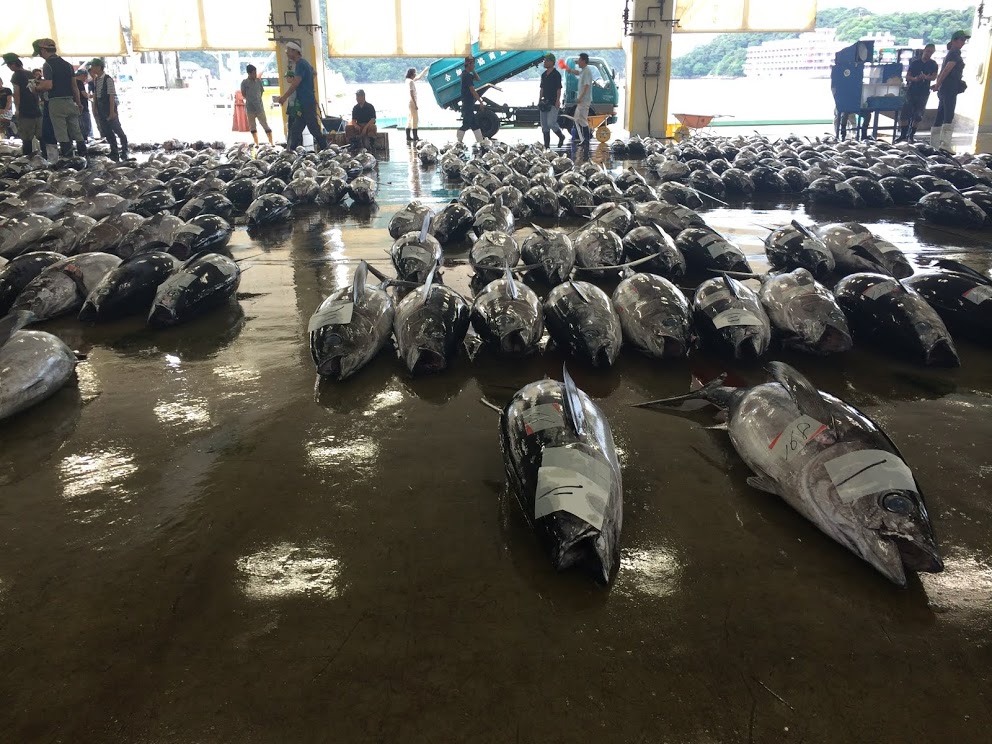
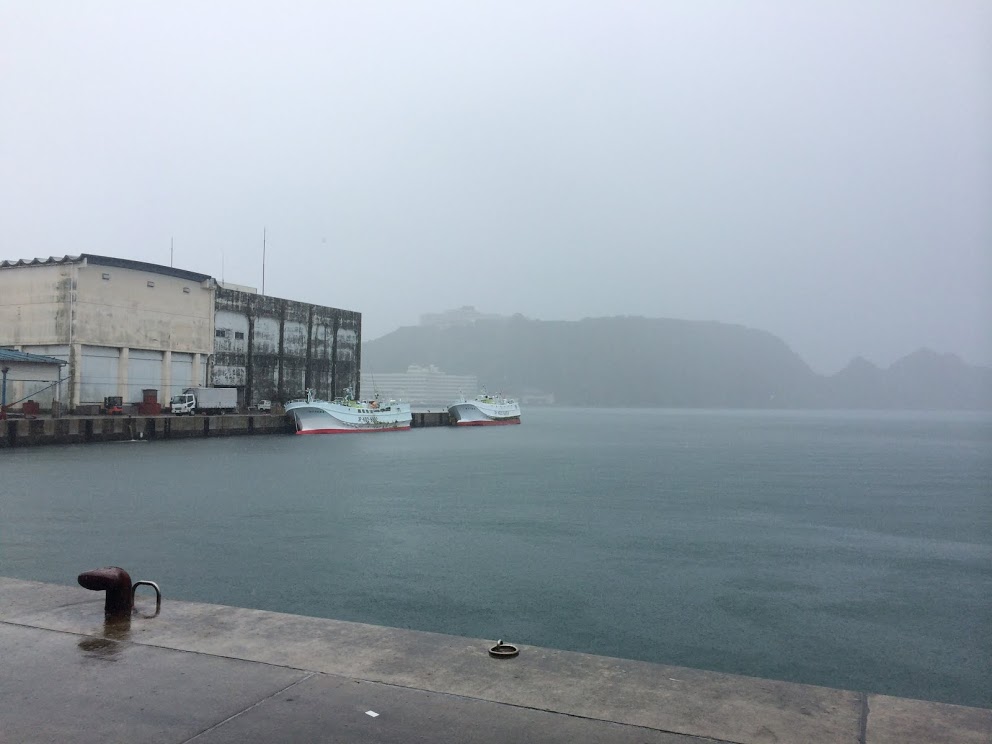
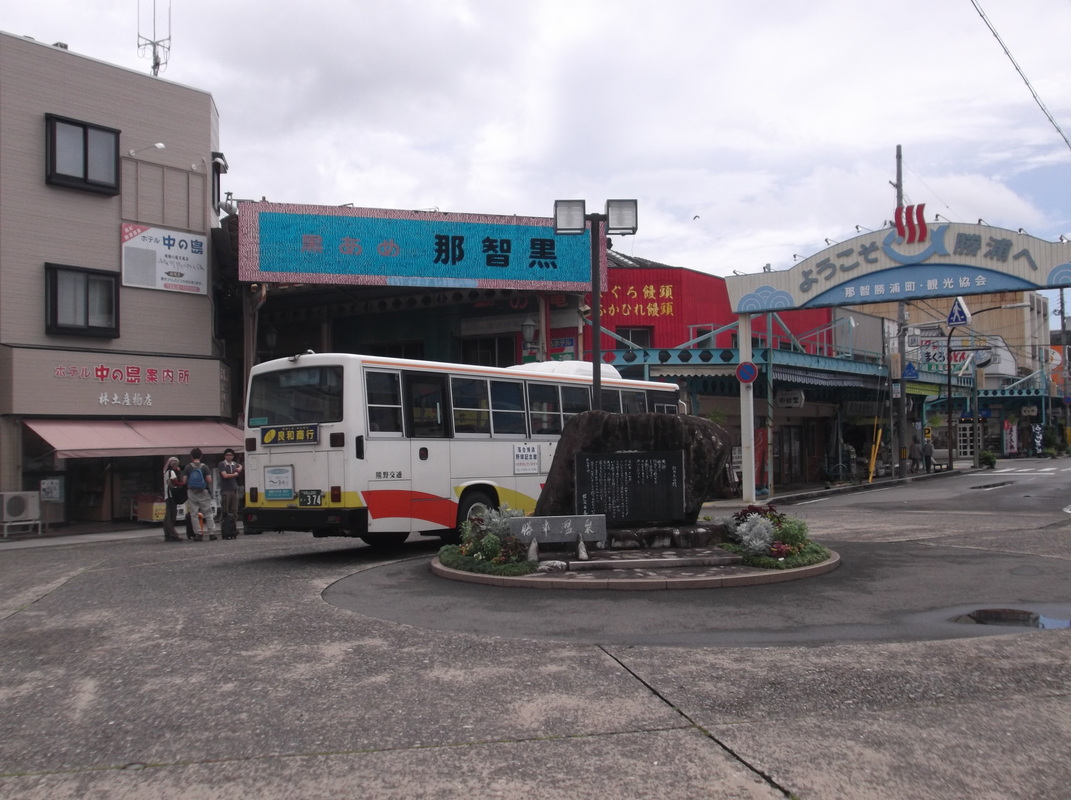

 RSS Feed
RSS Feed